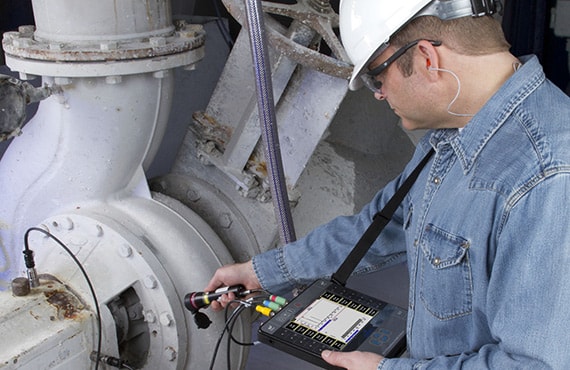EN 71-3 – Migration of Certain Elements in Toys Test
The European Standard EN 71-3 specifies the requirements and test methods for determining the migration of certain elements from toys. This is a critical part of ensuring that toys are safe for children, as the presence of harmful elements can lead to significant health risks.
EN 71-3 applies to all toys intended for use by children under 14 years old. The standard aims to protect children's health and safety from hazardous substances such as heavy metals like lead, cadmium, chromium, and others that may be present in the materials used in toy manufacturing.
The test procedure involves submerging a sample of the toy into water for a specified period, followed by chemical extraction of any elements that have migrated. The extracted solution is then analyzed to determine the concentration levels of each targeted element. If these concentrations exceed the specified limits set out in EN 71-3, the toy will be deemed non-compliant.
For accurate and reliable testing, it’s essential to follow all prescribed steps meticulously. This includes proper sample preparation, ensuring that the test apparatus meets stringent calibration standards, and employing experienced personnel familiar with the nuances of this complex procedure.
The importance of EN 71-3 extends beyond just compliance; it represents a commitment to protecting public health by preventing potential harm from toxic elements. By adhering strictly to this standard, manufacturers can ensure that their products meet regulatory requirements while also demonstrating due diligence towards safeguarding young consumers.
Given the stringent nature of these tests and the significant impact they have on product safety and compliance, it’s vital for businesses operating within this sector to stay informed about any updates or changes to EN 71-3. Regular training sessions for staff involved in quality assurance processes can help maintain high standards throughout production cycles.
Understanding how different factors such as material type, surface treatment, and manufacturing process influence the outcome of these tests is crucial. Manufacturers must consider all aspects when designing toys to minimize risks associated with element migration while still achieving desired aesthetic or functional properties.
Industry Applications
| Material Type | Test Parameters |
|---|---|
| PVC (Polyvinyl Chloride) | Lead and cadmium content |
| ABS (Acrylonitrile Butadiene Styrene) | Cadmium content |
| Polystyrene | Bisphenol A levels |
This table provides an overview of common materials used in toy manufacturing along with specific elements targeted by EN 71-3 tests. Different types of plastics require different analytical techniques depending on the element being measured, which underscores the importance of having specialized equipment capable of handling various sample matrices.
Additionally, certain finishes or coatings applied to toys may also contain hazardous substances that need to be accounted for during testing. This highlights the comprehensive approach necessary when conducting EN 71-3 compliance checks, ensuring no part of a toy goes unexamined.
Quality and Reliability Assurance
The quality assurance process associated with EN 71-3 is extensive and involves multiple stages designed to catch any potential issues early on. The first step typically consists of reviewing design specifications to identify all components that might come into contact with children during playtime.
Once identified, samples are taken from these areas for preliminary analysis using less invasive methods such as X-ray fluorescence spectrometry (XRF). If results indicate possible non-compliance, more detailed testing follows, including the actual EN 71-3 immersion procedure described earlier.
Data collected during both stages is analyzed to assess risk levels and inform decision-making regarding necessary corrective actions. Regular audits are conducted to ensure continuous improvement in manufacturing practices, further enhancing overall product safety standards.
Environmental and Sustainability Contributions
- Reduces hazardous waste through early detection of problematic materials.
- Promotes safer recycling practices by ensuring only compliant products enter the circular economy loop.
- Fosters innovation in sustainable toy design, encouraging manufacturers to explore eco-friendly alternatives without sacrificing safety or quality.
The emphasis on environmental responsibility within EN 71-3 contributes positively towards creating a more sustainable future. By minimizing exposure to harmful elements, this standard supports broader efforts aimed at protecting both human health and the environment.





